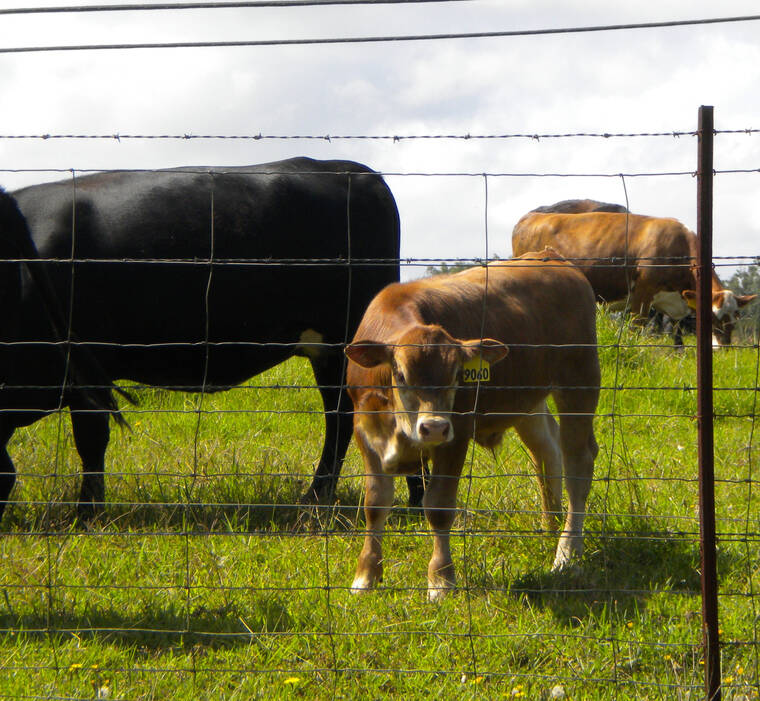It takes money to make money, the maxim goes, and the county Department of Research and Development is taking that to heart.
The small department, with a budget of just $3.3 million, plans to devote $601,816 of that to contract grant writers, a category that had a zero budget the past two years.
“You have to spend money to make money,” Research and Development Director Doug Adams told the County Council Finance Committee on Wednesday.
In all, the department’s budget will rise by 23.8% for the fiscal year that begins July 1.
But it could grow much more than that, thanks to a potential $100 million federal Build Back Better Regional Challenge Grant the county is competing for. The county was one of 60 finalists in the United States and the only finalist in the state. That preliminary competition won the department a $500,000 award.
The department plans to plow that seed money right back in, in an effort to make more.
The state imports around 90% of its food, equating to $3 billion dollars leaving the state each year, Sarah Freeman, food systems specialist for the county department, said in her grant synopsis. Diverting just 20% of that capital to local producers would double the sector’ s market share and every 10% that is diverted would represent 2,300 new jobs, she said.
The project hopes to divert 20% of Hawaii’s food import market to local producers, creating thousands of new jobs and stimulating the specialty export market. If provided implementation funding, the coalition proposes to support the cluster’s growth by building an industrial park, improving knowledge transfer, and increasing food processing/production capacity to create a robust agricultural economy, reduce food imports and increase local GDP growth, according to the application.
The county plans to pull together a coalition of six organizations, led by the county, to increase agriculture infrastructure and develop markets and workforce to increase local food production and raise additional private-sector funding.
The six organizations are The Food Basket Inc., The Hamakua Institute, The Kohala Center, Maona Community Garden, Big Island Resource Conservation and Development Council, East Hawaii Community Development Corporation and the University of Hawaii representing The University of Hawaii College of Agriculture, Forestry and Natural Resource Management, Aquaculture and Coastal Resources Center, University of Hawaii College of Tropical Agriculture and Human Resources, GoFarm Hawaii, Hawaii Community College, Big Island Invasive Species Committee and The Data Sciences Institute.
The department is hoping for the cash infusion, but it’s not counting on it quite yet, Adams said. Winners will be announced in late May or early June.
Meanwhile, Adams and his department have been pushing for more data. The state Department of Agriculture suspended many of its reports after its funding was slashed and positions left vacant.
“The reason that we don’t have agriculture data is because the positions haven’t been filled,” Adams said. “Data is vital to us to be able to address all the nuances. … It affects everything we’re trying to do.”
Adams said he’s been talking with the state Department of Economic Development and Tourism about creating reports, and he urged council members to also speak with legislative representatives to get positions filled in the Department of Agriculture.
Council members agreed a sustainable agricultural program is essential for additional resiliency and the need is especially important in the current economy, where high transportation prices and supply chain issues are increasing the cost of food.
“Considering what’s going on in the world right now, this is an area we really want to concentrate on,” said Finance committee Chairman Matt Kanealii-Kleinfelder.






